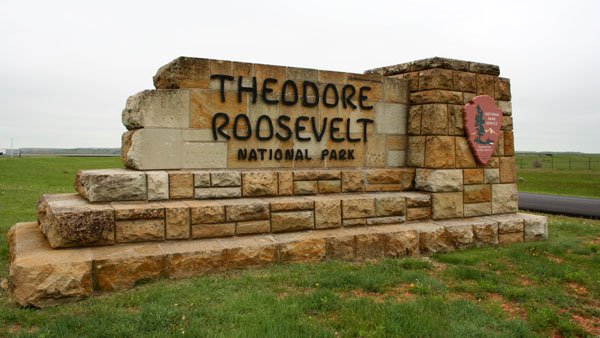This Is What Exaggeration Looks Like

We all know that there’s a big, ugly, on-going debate over the environmental impacts of North Dakota’s oil boom. and we all know that some media types are more fair in their coverage of that issue than others.
A particularly egregious example of the less-than-fair sort of coverage was published over the weekend by Associated Press reporter Josh Wood (who likes to mock North Dakota on Twitter). The headline of his story is, “Oil drilling threatens solitude of national park.”
That sounds bad, but let’s drill down through some of Wood’s gloss to some facts. Like the fact that the concern here isn’t that oil development is threatening Theodore Roosevelt National Park, but rather that park officials are concerned that oil development can be seen and heard from the park:
Oil development is strictly forbidden within the park itself, but park officials worry that the flares, lights and noise from drilling just beyond the protected area are sullying the natural spaces cherished by Roosevelt as a bespectacled young man in his mid-20s.
Here’s where things get silly: During daylight hours, you really can’t see any oil development from the park. It’s only at night, you can see the gas flares, something Wood doesn’t mention until the 10th paragraph:
During the day, it can be difficult to spot oil development in the distance. But at night, the flares and oil field lights brighten the horizon. At times, park Superintendent Valerie Naylor says, it’s possible to see 26 natural gas flares from the park.
I wonder if those complaining about seeing oil wells from the park would feel the same way about seeing wind turbines?
Anyway, if seeing gas flares at night from the park is the chief concern here, then it’s not much of a concern considering that flaring rates are set to plummet in the coming months and years. The completion of the expansion to the Hess gas plant in Tioga, North Dakota, is expected to drop the state’s flaring rate from over 30 percent down to nearly 20 percent. The state has also adopted new regulations on flaring, proposed by the oil industry, which are expected to take flaring rates to down near 10 percent.
The idea that seeing oil development from Theodore Roosevelt National Park in the distance, and mostly only at night, is somehow a “threat” to the park is ridiculous. But then, one gets the idea that reporters like Wood weren’t sent to North Dakota to provide a balanced picture of oil development.




